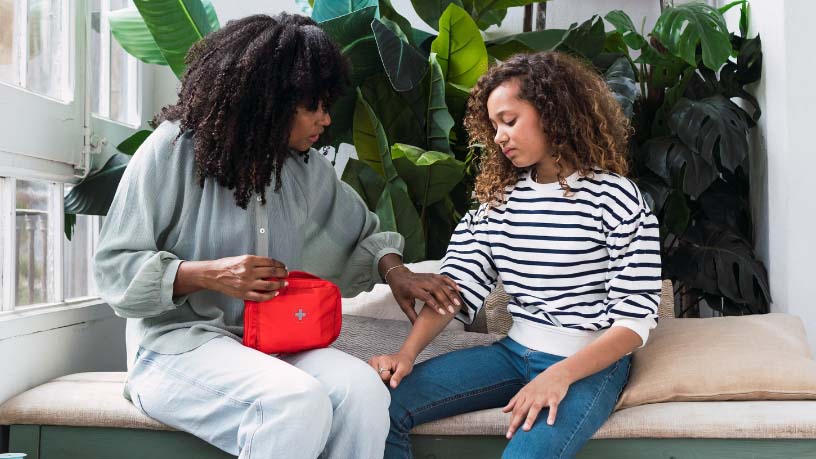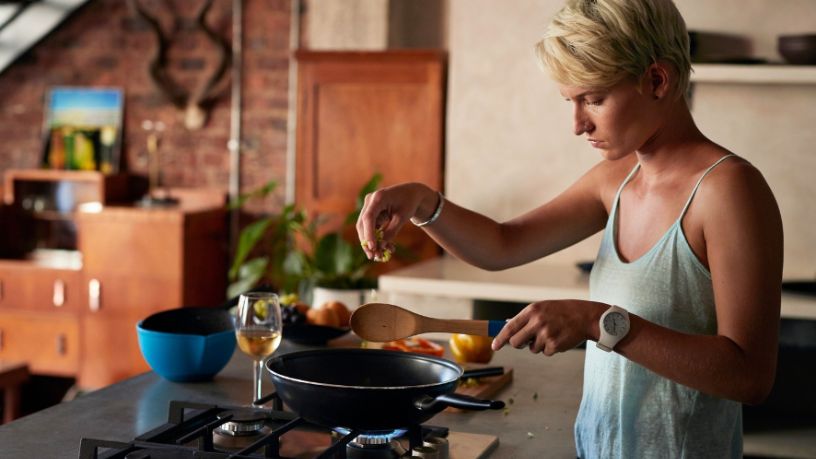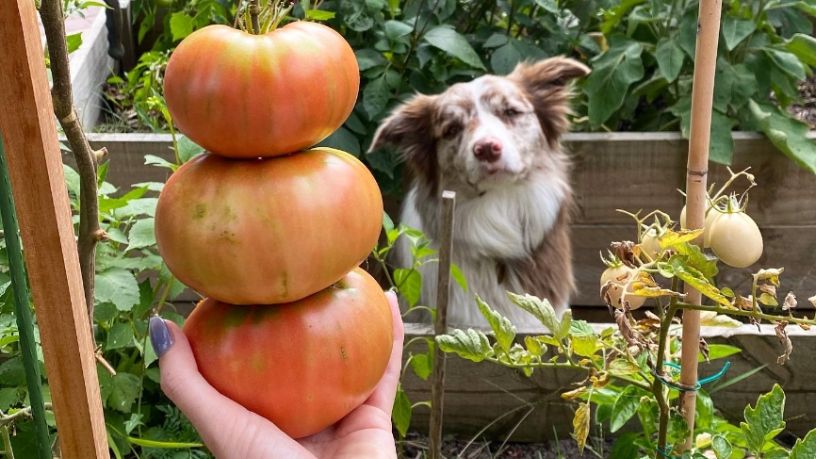‘Low tox’ means something is low in toxins.
On this page
Key takeaways
Processed foods and cleaning products can contain harmful chemicals that may promote allergies and irritations to the gut and skin.
Search for low tox alternatives to household goods such as washing detergents and cleaners, and cook from scratch where possible.
The word ‘toxic’ is only ever used when things are really bad. Think toxic air, toxic waste… even toxic people.
The reality is that toxins are much more subtle. We’re surrounded by them. They’re in our homes, personal care products, and even our food.
A lot of the time, they’re completely harmless in small doses. But no matter what their size, no one wants to be eating food that contains toxins or lathering our skin in a toxin-tainted moisturiser.
But surely if you bought it from a reputable brand or supermarket, the product has had to go through rigorous testing to be approved as safe. Right?
Well, it’s complicated. Let’s talk toxins and how you can reduce them in your life.
What is low tox?
Simply put, ‘low tox’ means something is low in toxins, and refers to consciously making choices around food, clothing and more to be as toxin-free and natural as possible.
Alexx Stuart is an educator who founded ‘Low Tox Life’ to address a lack of transparency in our food system, personal care and cleaning products.1
Unlike in Europe or the US, Alexx claims Australian chemical companies largely conduct their own internal testing.
“We end up with companies using a highly profitable chemical for as long as they possibly can until someone finally finds out it’s harmful,” says Alexx. “We've seen this in history with tobacco lead and uranium, and it goes on and on.”
What is a toxin?
Toxins are poisonous substances produced by bacteria in plants, animals and other living organisms.
However, Alexx believes the term should be broader, describing toxins as anything that puts stress on our biology.
“Not all biology is damaged at the same rate or in the same way because we’re all different. An example is someone puts on their favourite face cream, and it feels fantastic. Another person uses it, and it gives them dermatitis,” she says. “One person can eat cashew nuts and they’re a nutritious whole food, but for another it can kill them. Basically, there can be a range of reasons why some people react to some chemicals, and some don't.”
Chemicals can be damaging in 4 primary ways:
- Endocrine disruptive, which either mimic or block natural hormone signals (sex hormones, thyroid, adrenals or any part of our endocrine system).
- Carcinogens, which are chemicals that are known to cause cancer.
- Irritants, the toxins in our everyday lives which can put stress on our biology.
- Environmental toxins like mould from our built environment.
What are the most common toxins?
Today, 2 of the most common toxins are exhaust fumes from cars and air from dirty air conditioning systems in shopping centres, schools or offices. But there are others.
“If you live in a water damaged building, then mould can lead to sinusitis, allergies and respiratory problems.”
Personal care and cleaning products can also contain known carcinogens and hormone-disruptive chemicals, says Alexx.
How can I avoid harmless toxins?
Alexx recommends staying away from anything with a synthetic fragrance.
“Ditch anything that sprays or emits an artificial fragrance either through a spray deodorant, an air freshener or scented candle.”
These products can contain phthalates, a group of hormone-disruptive chemicals that make fragrances last.2
Studies have linked phthalate exposure to:
- endocrine disruption
- negative impacts on pregnancy and a child’s growth
- reproductive defects3
- testicular dysfunction and decreased sperm concentration
- early puberty
- endometriosis.4
Toxins in food
When it comes to toxins, ultra-processed foods (like chips, muesli bars, pasta, crackers and some breakfast cereals) are a prime suspect.
“In Australia, nearly half of what we eat is ultra-processed food,” says Alexx. “We really want to bring up the percentage of whole foods (fruit and veg, nuts, meat, milk) in our trolleys to improve our overall health.”
For breakfast, Alexx suggests switching sugary cereal for porridge or making a nutritious oat bar without the additives, preservatives, thickeners, gels and colours which are commonly added to processed food.
“Anything we can do to reinvest in whole food ingredients while beefing up our meals so that they're more nourishing and filling is going to be a massive win for health.”
Alexx suggests going back to basics whenever possible and making food from scratch, so you know exactly what’s in it. Avoid pre-packaged, processed food where you can and instead create nutritious meals with wholefoods and fresh ingredients.
How can I reduce other toxins in my house?
Having a basic awareness of products that are potentially harmful to you and the planet can start to help you make better choices, says Alexx.
“There’s no perfect way of doing things, we're all different. But we're spoiled for choice with products that aren't potentially poisoning you or the planet, so it's a no brainer for me.”
Alexx suggests starting with products you use often and on the whole family.
“One easy swap is to stop using strongly fragranced fabric softeners and washing powders and switch to fragrance-free or a low tox brand.”
It doesn’t have to cost the earth, she adds, as there are plenty budget friendly brands now on supermarket shelves.

At Bupa, trust is everything
Our health and wellbeing information is regularly reviewed and maintained by a team of healthcare experts, to ensure its relevancy and accuracy. Everyone's health journey is unique and health outcomes vary from person to person.
This content is not a replacement for personalised and specific medical, healthcare, or other professional advice. If you have concerns about your health, see your doctor or other health professional.
1Low Tox Life. (2024). Home. Low Tox Life.
2Feldscher, K (2021). Why phthalates should be restricted or banned from consumer products. Harvard T. H. Chan School of Public Health.
3Wang, Y., & Qian, H. (2021). Phthalates and Their Impacts on Human Health. Healthcare, 9(5), 603.
4Casale, J., & Rice, A. S. (2023). Phthalates Toxicity. StatPearls Publishing.
You might also like...
3 low tox kitchen swaps
Looking to reduce the toxins in your kitchen but not sure where to start? Discover 3 simple swaps you can make today.
How to create a home first aid kit
A well-equipped first aid kit is essential for any home, car or office. Discover our easy guide to ensure you have the right gear for life’s emergencies.
Are gas stoves bad for your health and the environment?
Humans have been cooking with gas for a long time, but with damaging effects on our health and climate, it may be time to change.
Can gardening improve your health and help the planet?
Here are some ways you can get started on your gardening journey and make the most of nature to improve your physical and mental health.





